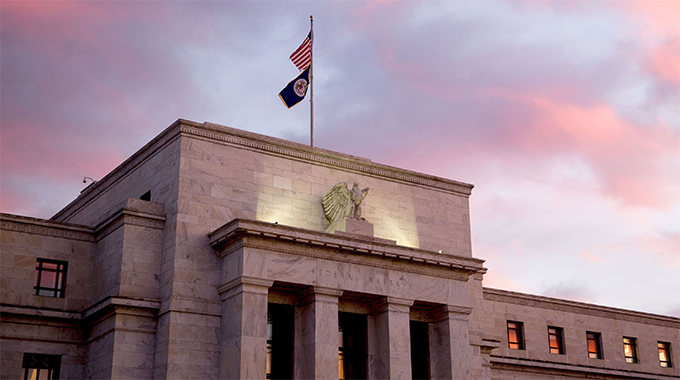Banks borrow from Fed to backstop liquidity

Banks borrowed a combined US$164.8 billion from two Federal Reserve backstop facilities in the most recent week, a sign of escalated funding strains in the aftermath of Silicon Valley Bank’s failure.
Data published by the Fed showed US$152.85 billion in borrowing from the discount window — the traditional liquidity backstop for banks — in the week ended March 15, a record high, up from US$4.58 billion the previous week. The prior all-time high was US$111 billion reached during the 2008 financial crisis.
The data also showed $11.9 billion in borrowing from the Fed’s new emergency backstop known as the Bank Term Funding Program, which was launched Sunday.
Taken together, the credit extended through the two backstops show a banking system that is still fragile and dealing with deposit migration in the wake of the failure of Silicon Valley Bank of California and Signature Bank of New York last week.
Other credit extensions totaled US$142.8 billion during the week, which reflects lending by the Federal Deposit Insurance Corp. to bridge banks for SVB and Signature Bank.
On the other side, EPFR Global data cited by Bank of America Corp. showed money-market funds attracted US$113 billion of inflows, the most since April 2020, while Treasuries drew the biggest inflows since May 2022 with US$9.8 billion in the week through March 15.
All told, the emergency loans reversed around half of the balance-sheet shrinkage that the Fed has achieved since it began so-called quantitative tightening — allowing its portfolio of assets to run down — in June last year.
And the central bank’s reserve balances jumped by some US$440 billion in a week — which “basically reversed all the Fed’s QT efforts,” according to Capital Economics. – Bloomberg
“It is about in line with what we expected,” said Michael Gapen, head of US economics for Bank of America Securities in New York. Gapen said the higher rates of discount-window borrowing over the new Bank Term Funding facility may reflect the broader set of collateral that banks are able to pledge at the window.
On Thursday afternoon, the nation’s biggest banks agreed upon a plan to deposit about US$30 billion with First Republic Bank in an effort orchestrated by the US government to stabilize the battered California lender.










Comments